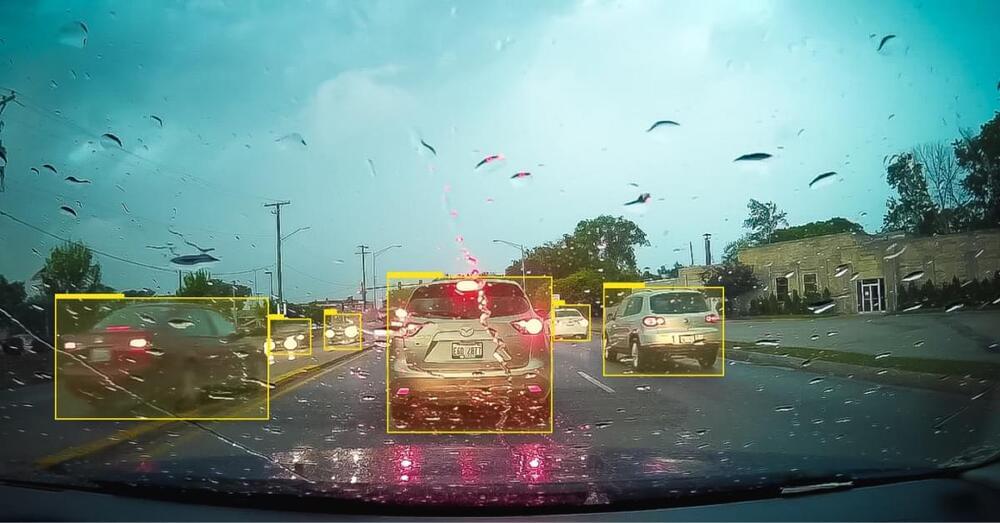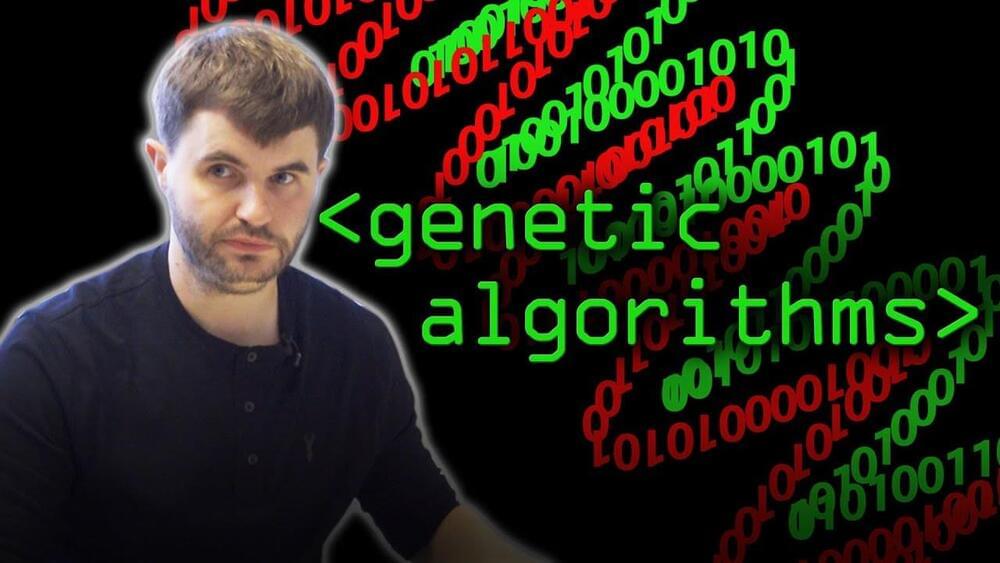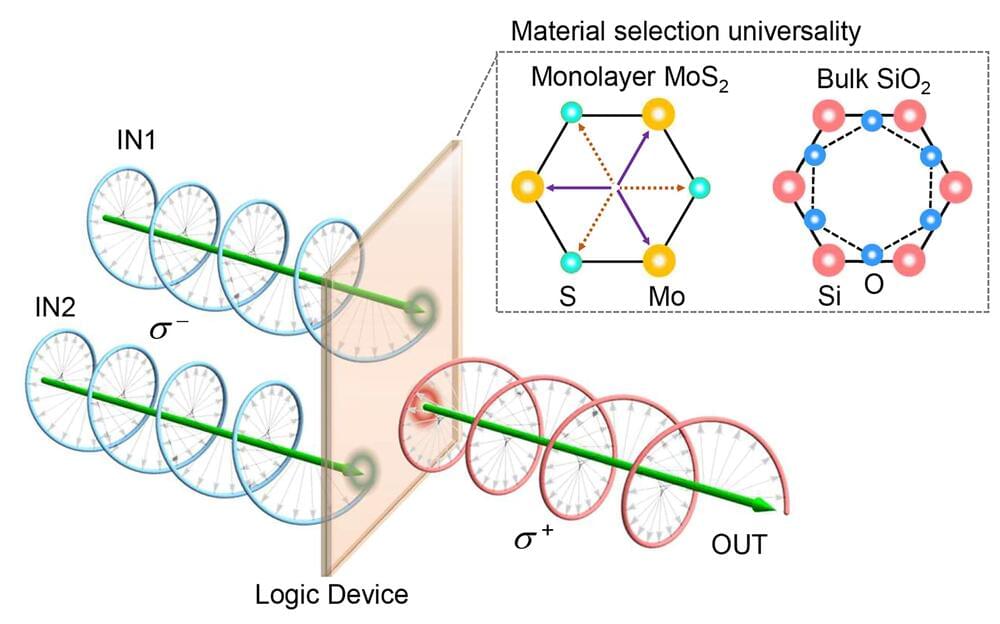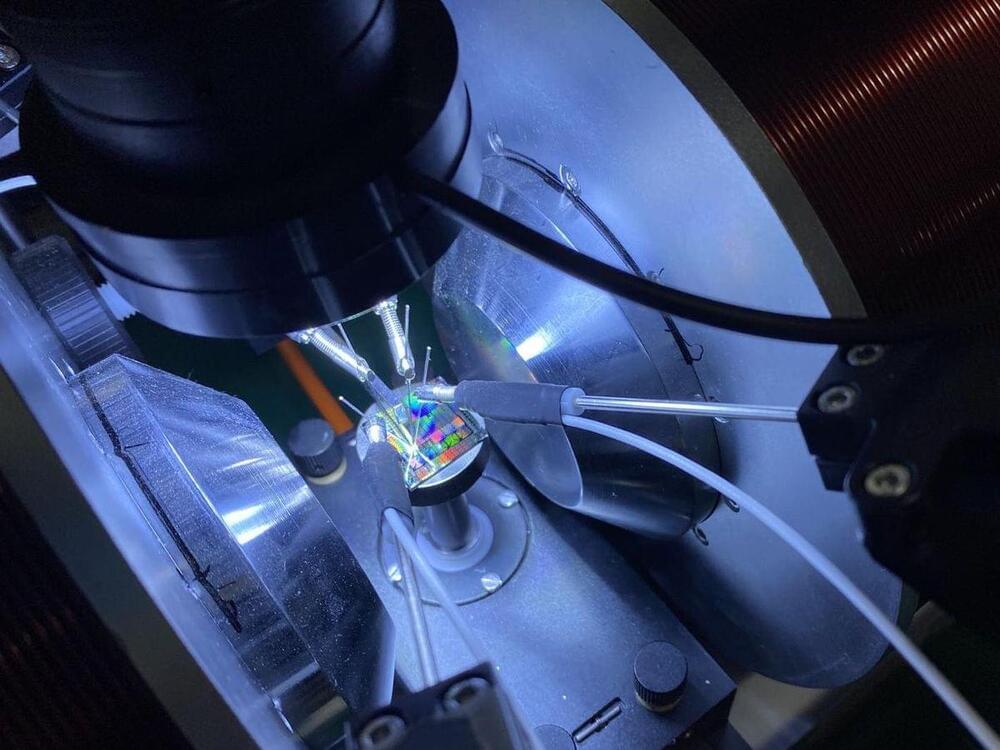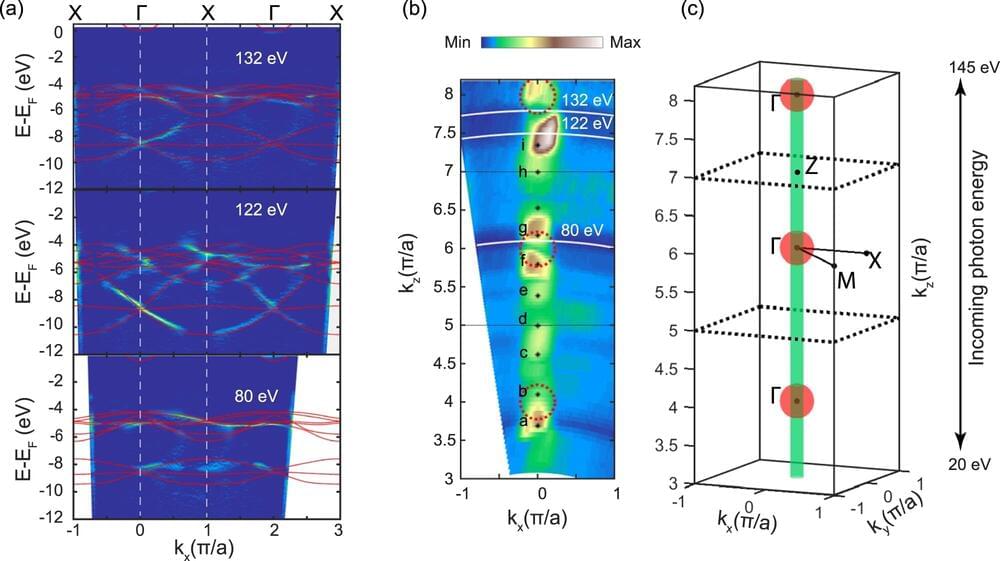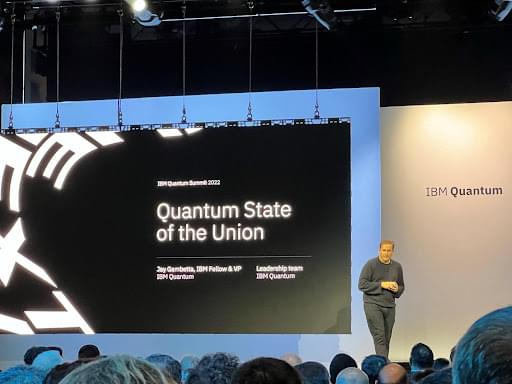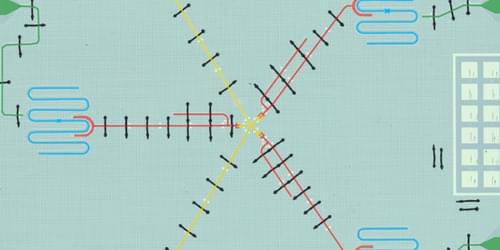Dec 10, 2022
Computer vision technology startup Brodmann17 has shut down
Posted by Gemechu Taye in categories: computing, innovation
Brodmann17, an Israeli computer vision technology startup that developed a novel approach to take on a marketplace dominated by Mobileye, shut down this week. Brodmann17’s co-founder and CEO Adi Pinhas posted a message on LinkedIn announcing the move, stating that while the company would not be able to bring its products to the mass market as hoped, “we do get comfort that our innovation will hopefully influence the market thinking and others will proceed in the mission of creating safer mobility to everyone.”
In a subsequent interview, Pinhas told TechCrunch that “there is a strong feeling of sorrow as we proved the technology, there is outstanding demand and we have customers in production.
